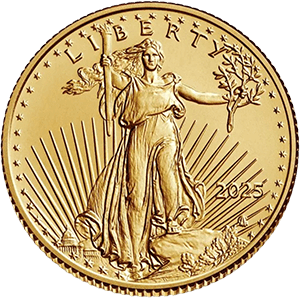The Curious Case of the Extra Leaf: Inside the Wisconsin Quarter Error
When the U.S. Mint launched the 50 State Quarters Program in 1999, few could have predicted how wildly successful it would become — or how one particular quarter from Wisconsin, issued in 2004, would go on to become one of the most famous modern mint errors in American numismatics.
Known as the "Extra Leaf" Wisconsin quarter, this mysterious variant features an unexplained anomaly on the coin’s reverse design: a strange, extra leaf protruding from the base of a corn stalk. What began as a curious discovery in pocket change soon became a sensation among collectors, driving prices into the hundreds — even thousands — of dollars.
Let’s explore the backstory behind this fascinating error coin, how it was discovered, and why it still captivates collectors today.
The Wisconsin Quarter
Issued in 2004 as part of the 50 State Quarters series, the Wisconsin quarter was the 30th design in the program. Like each of its counterparts, the reverse was designed to represent the cultural and economic identity of the state it honored.
Design Highlights:
-
A cow, representing the state’s strong dairy industry
-
A wheel of cheese, symbolic of Wisconsin’s claim to being "America’s Dairyland"
-
An ear of corn, reflecting the state’s agricultural heritage
The design was straightforward, wholesome, and uncontroversial — until someone noticed something unusual.
Discovery of the Extra Leaf Error
Not long after the coin’s release, a collector in Tucson, Arizona, reportedly found something odd on their Wisconsin quarter: an extra leaf on the corn stalk that wasn’t part of the original design.
As more collectors examined their coins, two distinct error varieties emerged:
-
Extra Leaf Low – the additional leaf droops downward beneath the left side of the corn stalk.
-
Extra Leaf High – the added leaf points upward, appearing more prominently.
Both anomalies appeared on coins struck at the Denver Mint (marked with a “D” mintmark). The Philadelphia-minted coins do not exhibit the error.
How Did This Happen?
Theories about the origin of the extra leaf range from the accidental to the conspiratorial:
Die Gouge
Most experts believe the error was caused by a die gouge — a small dent or raised line on the die that transferred a flaw onto every coin it struck. Die gouges are a known type of mint error, often caused by debris or accidental contact with tools.
Intentional Tampering?
However, some in the numismatic community speculate the gouge may not have been accidental. The shapes of the leaves are too distinct and deliberate-looking to have happened purely by chance. Some suspect a Mint employee may have intentionally modified the die to create a collectible rarity — though no conclusive proof has surfaced.
Regardless of its origins, the Mint never issued a formal explanation, which only added to the mystique.
A Modern Error Coin Sensation
Once news of the Extra Leaf quarters hit national media, demand exploded. Coin dealers began paying $100 or more for examples pulled from circulation. In the months that followed, thousands of people combed through pocket change, bank rolls, and coin jars in hopes of finding one of these rare errors.
Even today, Extra Leaf quarters remain among the most valuable error coins of the 50 State Quarters era. While not incredibly rare (estimates suggest tens of thousands may exist), they’re scarce enough — especially in uncirculated condition — to command strong prices from collectors.
📈 Market Impact and Collector Interest
The attention brought to the Extra Leaf error helped fuel broader interest in modern coin collecting. It reminded the public that rare and valuable coins weren’t just dusty relics from the 1800s — they could be found in your change, your wallet, or a forgotten piggy bank.
It also led to increased scrutiny of future state quarter releases, with collectors on high alert for potential errors, varieties, and oddities.
What’s Next?
The story doesn’t end here. In Part 2 of this series, we’ll dive deeper into the differences between the Extra Leaf High and Extra Leaf Low varieties — including how to spot them, why they're priced differently, and what makes each unique in the eyes of a collector.
Until then, check your change. That humble Wisconsin quarter just might be hiding a little extra value.
Fun Fact:
The Wisconsin Extra Leaf quarter is one of the few modern errors that has both a dramatic appearance and strong public recognition — making it a favorite for new and seasoned collectors alike.
Interested in learning more about rare coins, mint errors, and how to build a valuable collection?
Stay tuned for our next post and consider subscribing to our newsletter for more numismatic insights.










